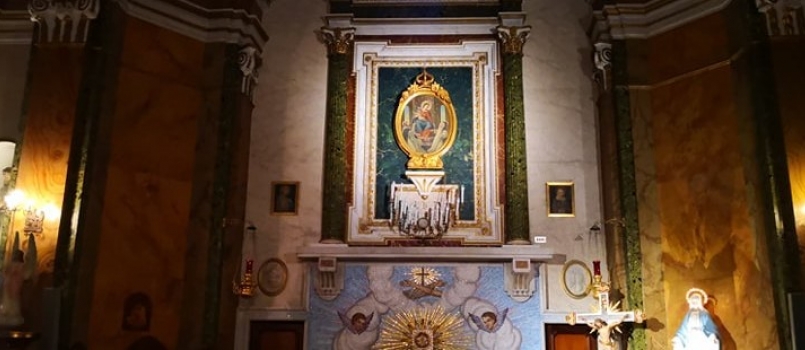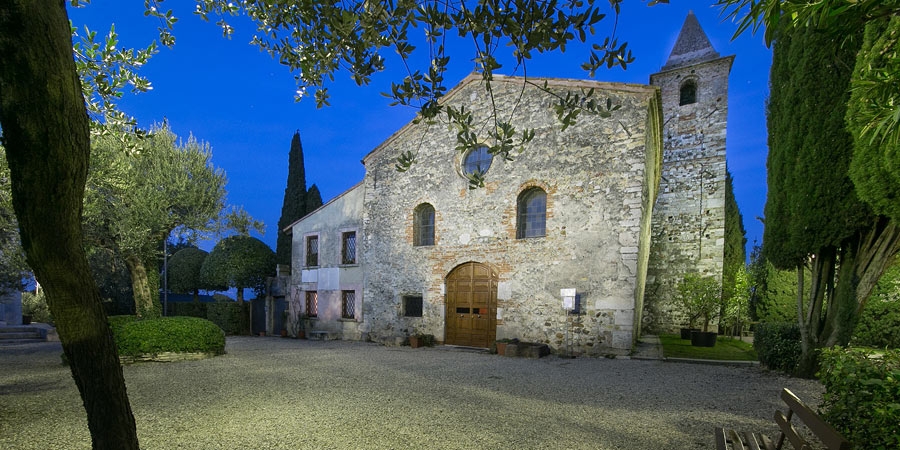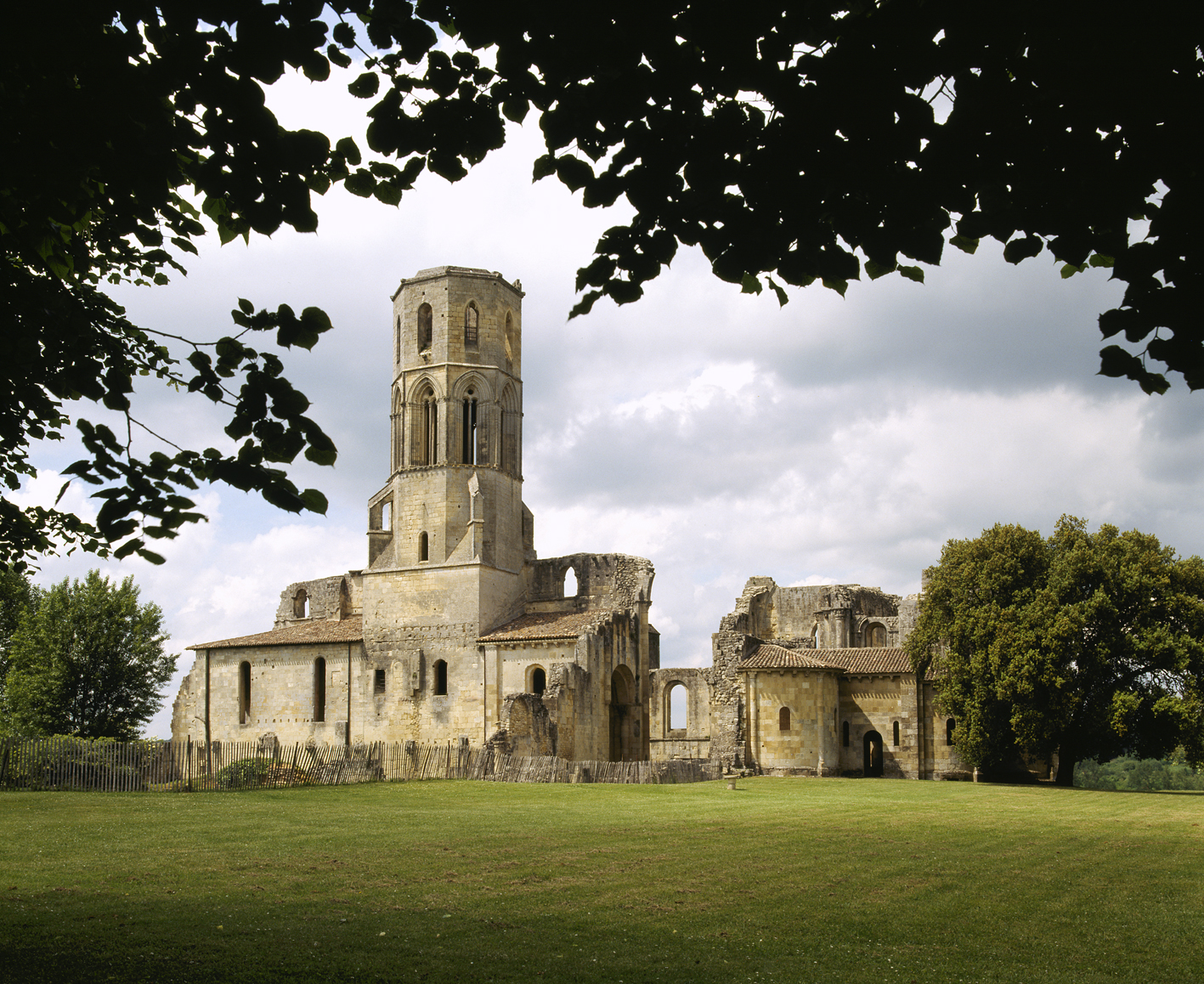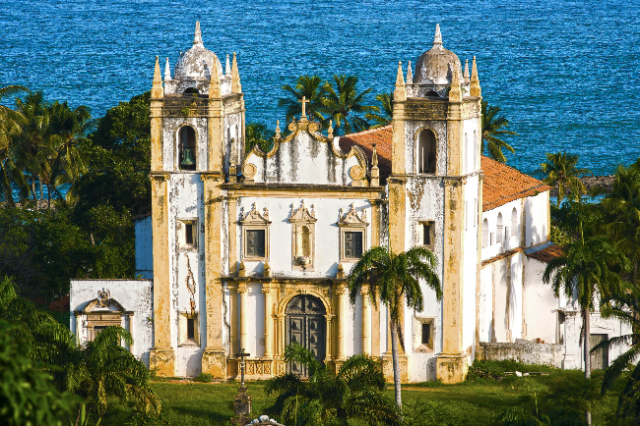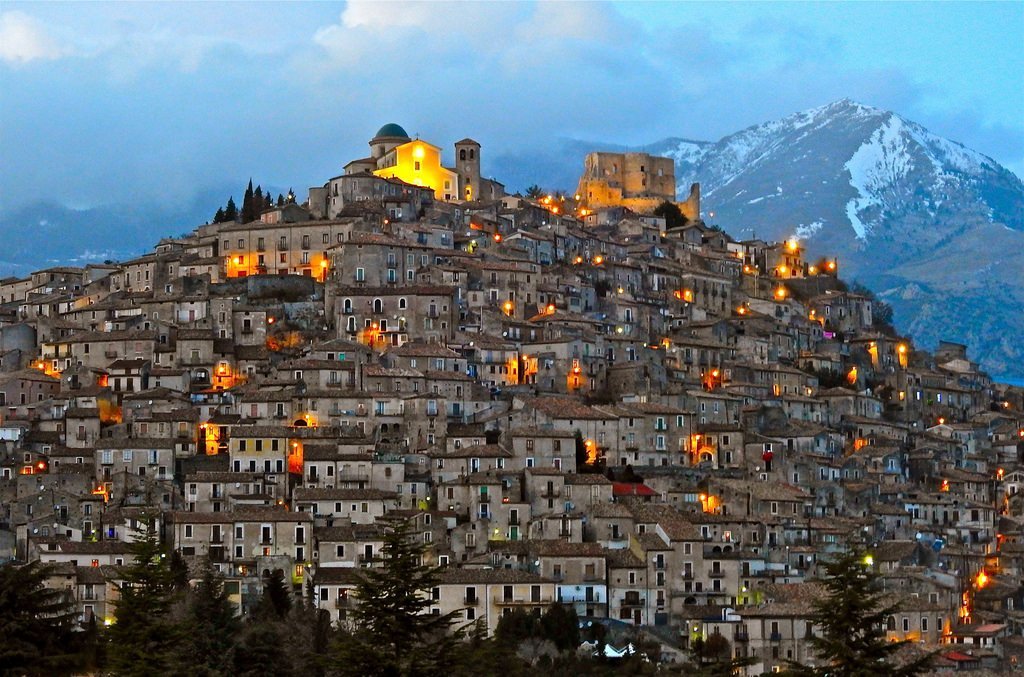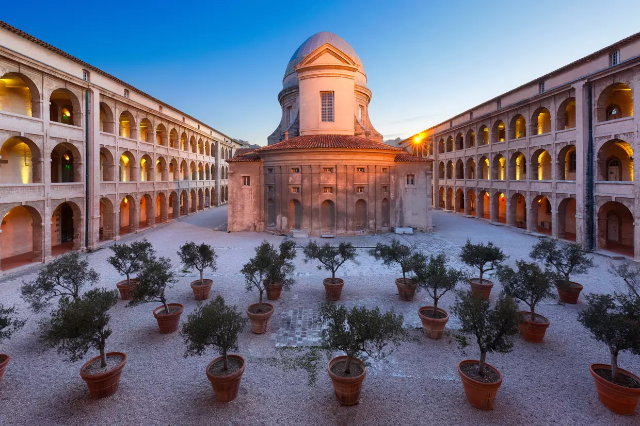On the hill of Vomero, in Naples, there are three churches dedicated to the Patron Saint: the Pontifical Basilica of San Gennaro in Antignano, located in the street of the same name, the parish church of San Gennaro al Vomero located in Via Bernini and the Piccola Pompeii, popularly called San Gennariello al Vomero.
Of these, the last one is certainly the smallest, but also the oldest and its history is lost in time.
This little church – whose name refers to the cult of Our Lady of Pompeii – according to the tradition "It had to rise already in a year between 413 and 431, when the body of our martyr from the locality called Marciano was transported to the catacomb that took its name from him, towards the hill of Capodimonte and in which the holy Bishop Agrippino had also been buried" (The very ancient Church of S. Gennariello al Vomero). Gennariello, Piccola Pompei al Vomero by Eugenio D’Acunti, Edizioni Luce Serafica).
History, however, tells us that the little church of San Gennariello was built in 1513 and was run by Cistercian monks until the 20th century, when they were definitively expelled. The religious returned there on 4 September 1920 and it was the first house reopened in Naples after the suppressive events. From 1934 to 1949 it was the seat of the Provincial Minister. Today, Little Pompeii is the filial home of the nearby Convent of the Immaculate Convent.
The building is small, however, its 18th century architecture and the various pillars make it welcoming. The interior is not bright, as it is not exposed to the sun, but there reigns a religious silence and is well kept. In 1974 important transformations were carried out that give the church, today, a really pretty appearance. Currently, it is possible to access it from the side entrance, but an oval painting of the Madonna of Pompeii, enclosed in a frame supported by two angels, stands out on the central wall. On either side of the other major one are two bas-reliefs: one recalls the martyrdom of Saint Gennaro and the other his glorification. The worship building is the custodian of other treasures: eighteenth-century painting of the Immaculate between Saints Gennaro and Raffaele by an unknown artist, the frescoes by Vincenzo Galloppi. The church also preserves two important tombstones. The first is situated on the right side of the main door, dates back to 1707, and is accompanied by a splendid marble bust of St. Gennaro. On this tombstone you can read the story told by the tradition, mentioned above: while the relics of St. Gennaro were transported from Pozzuoli to Naples, the coagulated blood, put near the bones of the skull, liquefied for the first time in the place where later the chapel of Antignano was erected, in memory of this prodigy, was posted by the patrons of the chapel the tombstone in question. On the left side, there is another plaque, this time from 1513, on which we read that the stone enclosed in the hollow of the wall was used to pl
